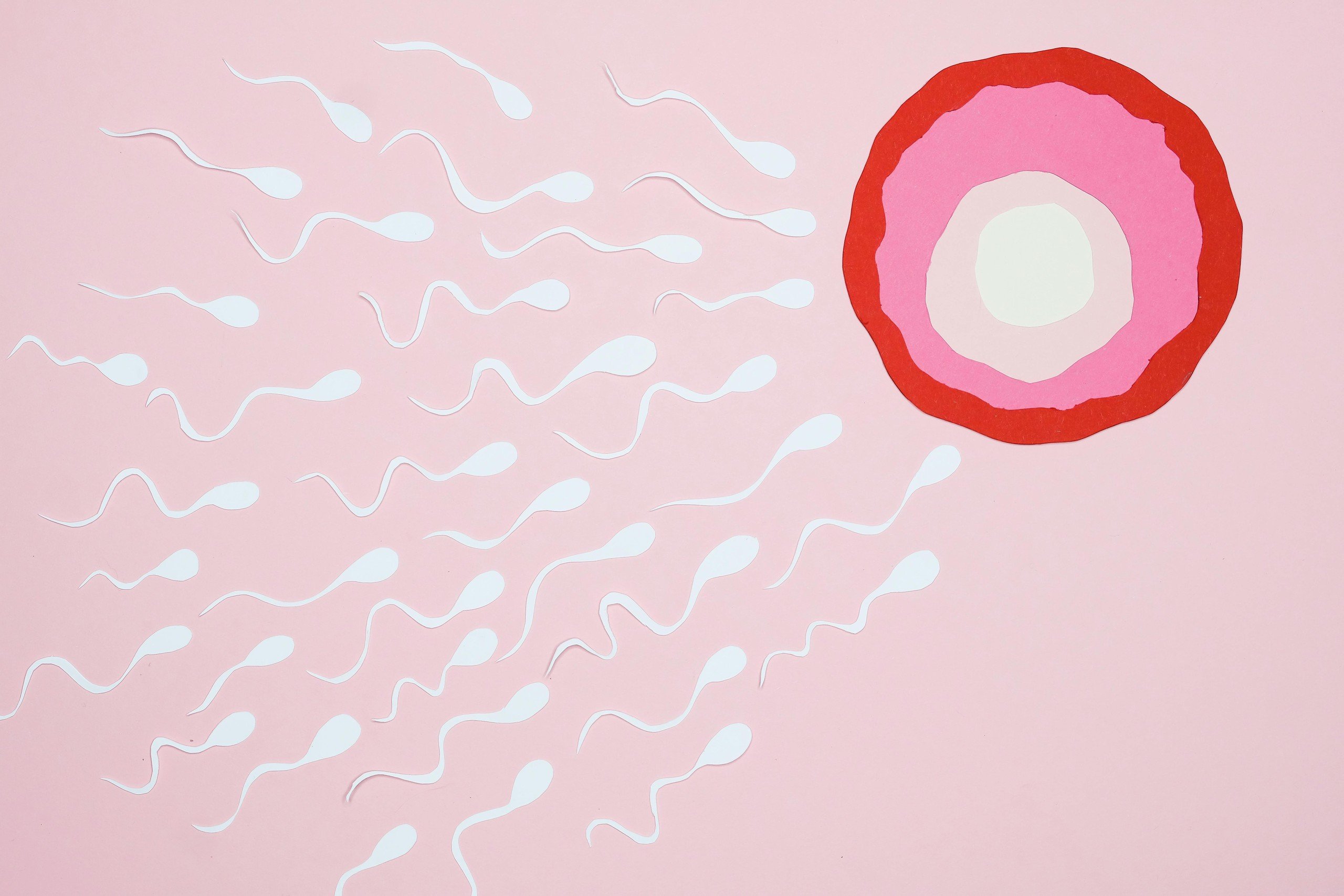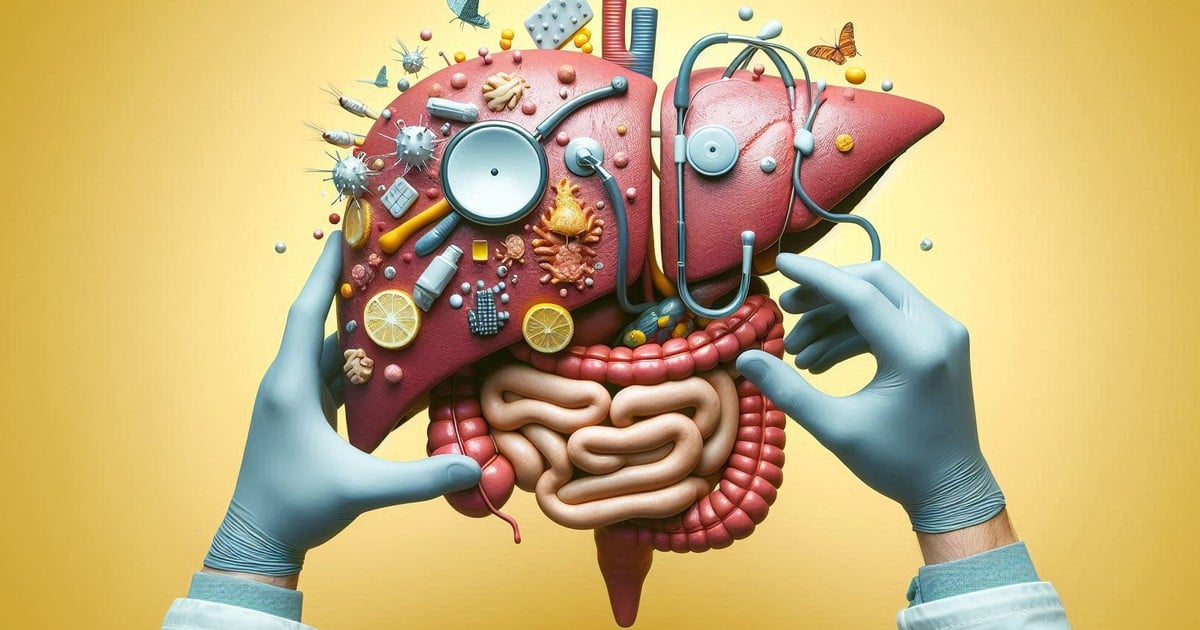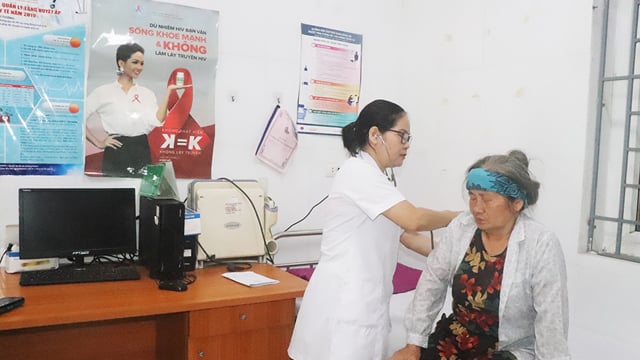Mr. T. said he bought the test every 3 months to evaluate his fertility and waited for good news. But after waiting for nearly 2 years without any results, he decided to have his reproductive health checked again at Men's Health Center.
On April 9, Dr. Tra Anh Duy, a specialist at Men's Health Center, said that after examining and prescribing a comprehensive reproductive health test for Mr. T., it was discovered that his sperm had severe oligospermia and needed consultation and treatment.

The process of reading a standard semen sample must include examining many parameters.
Meanwhile, Mr. TTD (29 years old, in Tay Ninh) and his wife encountered the opposite situation. Mr. D. and his wife went to a clinic for a reproductive health check and were given a semen analysis using a rapid sperm test kit, and were told that the semen analysis result was very poor. After reviewing the results, Dr. Duy realized that the semen analysis result from the rapid test kit provided few parameters, not enough to draw a conclusion about Mr. TTD's reproductive status. This caused confusion for the couple. After that, Dr. Duy re-examined Mr. D.'s semen analysis according to WHO 2021 standards, combined with advice on changing habits and using less supportive medication. After 3 months, the couple had good news.
Comprehensive evaluation by specialist is required.
According to Dr. Duy, currently on the market there are advertisements for test kits that provide quick results processed by phone application software with the "rumor" that the results are highly accurate and certified by organizations. Also stemming from the fear of going to medical facilities for testing, couples buy them to test themselves even though the price of these test kits is quite high and the ability to operate them incorrectly according to the instructions. In addition, analyzing the results requires a doctor with expertise and a combination of many factors.
Dr. Duy said that the process of reading a standard semen sample takes at least 2 hours and the standard results according to WHO 2021 standards must include the examination of many parameters such as:
- Medical history : Treatment of severe infection in the past 6 months, chronic illness, acute illness before sampling...
- Sample status : How many days of abstinence from ejaculation, complete or scattered sample collection, easy or difficult sample collection, sample collection location...
- General : Volume, color, viscosity...
- Microscopic : Clumping, adhesion, density, percentage of motile and immotile sperm, survival rate, normal shape, abnormal head, tail, strange cells...
"In addition, according to WHO 2021 recommendations, automatic sperm analyzers should not be used in clinical practice. There have been many different versions of automatic sperm analyzers over the past 30 years. However, these expensive devices, although providing fast and convenient results, have little clinical value because they produce few parameters and have many errors," Dr. Duy shared.
According to Dr. Duy, couples often misunderstand and misinterpret the results of semen analysis because they do not understand the reference threshold value. This reference threshold is not actually a value for diagnosing normal or abnormal. Therefore, the results below these numbers cannot say whether the man is infertile or has normal fertility. A specialist needs to comprehensively evaluate the man's fertility to be able to conclude, advise and direct the correct treatment.
Source link


![[Photo] Looking back at the impressive moments of the Vietnamese rescue team in Myanmar](https://vstatic.vietnam.vn/vietnam/resource/IMAGE/2025/4/11/5623ca902a934e19b604c718265249d0)



![[Photo] "Beauties" participate in the parade rehearsal at Bien Hoa airport](https://vstatic.vietnam.vn/vietnam/resource/IMAGE/2025/4/11/155502af3384431e918de0e2e585d13a)

























![[Photo] Summary of parade practice in preparation for the April 30th celebration](https://vstatic.vietnam.vn/vietnam/resource/IMAGE/2025/4/11/78cfee0f2cc045b387ff1a4362b5950f)



























































Comment (0)